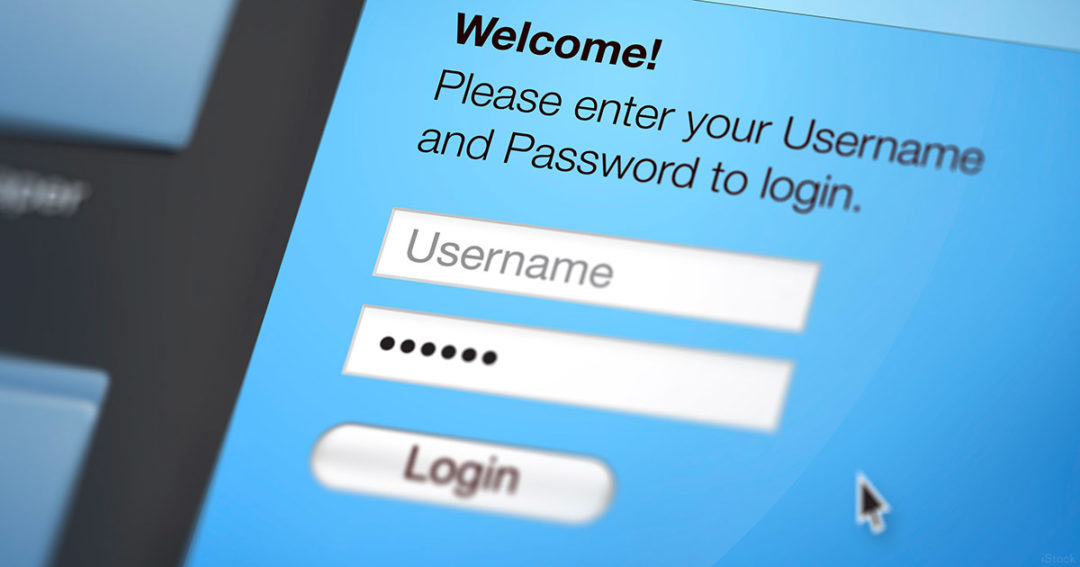
Tips to create a more secure password
Four steps for increased password protection.
Think about the passwords you have set for the dozens of work and personal accounts you access every day. Unfortunately, passwords are a pain to create, reset, and maintain. And, without robust logins, you could be a fraudster’s access inside.
Password security is critical to protecting the confidential data of your credit union co-workers and members. By understanding common password mistakes, you can help minimize the potential for a hacker to attack your systems and platforms.
Consider these four tips:
- Keep your passwords private. Though it may seem harmless to share your password with a friend or family member, do not do it. Keep your passwords private to ensure the highest level of security.
- Use longer passwords that include passphrases. Long passwords with sentences or short phrases are more difficult to hack. Additionally, they tend to be easier to remember. Consider “App!3s567” versus “my favorite hobby is biking to town” or “spring baseball dog sunsets.” To add an extra layer of security, add a number, special characters ($, &, +, !, or @), and uppercase letters.
- Consider periodic password changes. Regularly changing passwords can be effective, but it also leads to riskier behavior, such as predictable changes due to slight modifications to an existing password. Rather than using slight tweaks, remember to use different, longer passphrases.
- Use a password manager app. Don’t store your passwords within your devices or have a sticky note with your passwords on it at your workstation. Although handwritten passwords are more difficult to hack, they can be found. Use a reputable password manager application to store and protect your passwords.
While implementing these password tips is a good place to start, passwords are just the first step. Fraudsters use sophisticated methods to hack the most secure targets—which even a secure password cannot stop. Recognizing these scams can minimize the potential impact by knowing what to look for, taking the right action steps, and remaining vigilant.
Phishing attacks try to gather personal information using deceptive emails and websites. The fraudster’s goal is to trick you into believing the message is something you want or need. For example, they may request your personal information such as user IDs and passwords; or get you to click a link to a spoofed website or download a malicious attachment.
The area most susceptible to fraud isn’t always your credit union’s network perimeter or web applications. It could be you. The human factor is far easier to compromise than your credit union’s technology. By working together with your credit union, you can help create a secure environment where the likelihood of a breach can be minimized.
CUNA Mutual Group’s Protection Resource Center allows policyholders to access helpful online resources, including training modules, RISK Alerts, and loss control recommendations. For more information on how to manage risk, contact CUNA Mutual Group at riskconsultant@cunamutual.com.